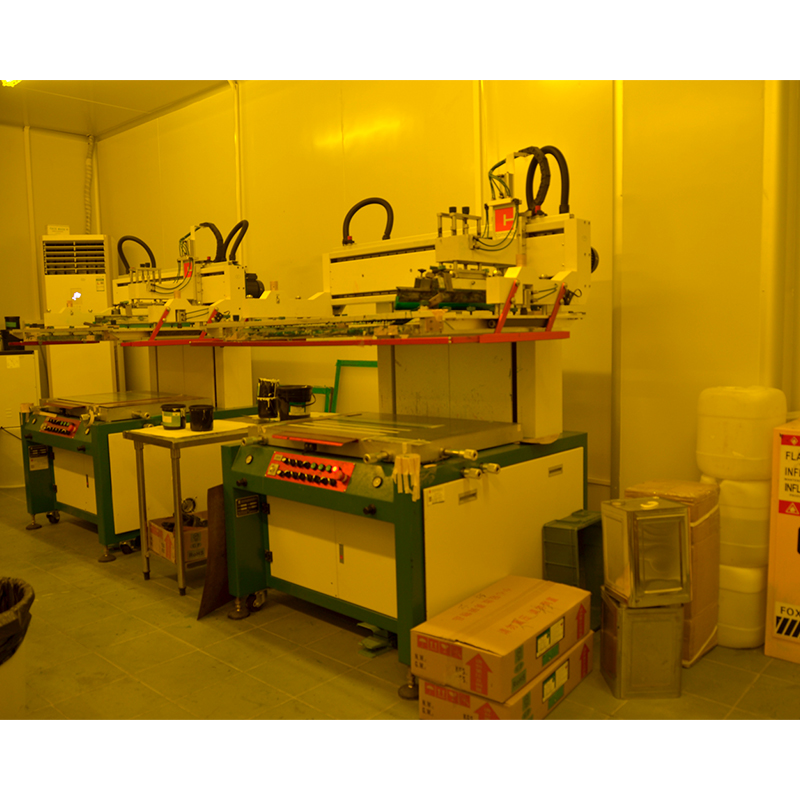In this blog post, we will explore the various manufacturing technologies used to produce rigid-flex PCBs and delve into their importance in the manufacturing process.
Rigid-flexible printed circuit boards (PCBs) are becoming increasingly popular in the electronics industry due to their many advantages over traditional rigid or flexible PCBs. These innovative boards combine flexibility and durability, making them ideal for applications where space is limited and sturdiness is critical. Manufacturing rigid-flex boards involves a variety of technologies to ensure efficient fabrication and assembly of circuit boards.
1. Design considerations and material selection:
Before starting to look into manufacturing technologies, the design and material aspects of rigid-flex PCBs must be considered. The design must be carefully planned, considering the board’s intended application, flexibility requirements, and the number of layers required. Material selection is equally important as it affects the overall performance and reliability of the board. Determining the right combination of flexible and rigid substrates, adhesives, and conductive materials is critical to ensuring the desired results.
2. Flexible circuit manufacturing:
The flex circuit manufacturing process involves creating flexible layers using polyimide or polyester film as a substrate. The film undergoes a series of processes such as cleaning, coating, imaging, etching and electroplating to form the desired circuit pattern. The flexible layer is then combined with the rigid layer to form a complete rigid-flex PCB.
3. Rigid circuit manufacturing:
The rigid portion of the rigid-flex PCB is manufactured using traditional PCB manufacturing techniques. This includes processes such as cleaning, imaging, etching and plating of rigid laminates. The rigid layer is then aligned and bonded to the flexible layer using a specialized adhesive.
4. Drilling and plating:
After the flex and rigid circuits are fabricated, the next step is to drill holes to allow component placement and electrical connections. Drilling holes in a rigid-flex PCB requires precise positioning to ensure that the holes in the flex and rigid parts are aligned. After the drilling process is complete, the holes are plated with conductive material to establish electrical connections between the different layers.
5. Parts assembly:
Assembly of components in rigid-flex PCBs can be challenging due to the combination of flexible and rigid materials. Traditional surface mount technology (SMT) is used for the rigid parts, while specific technologies such as flex bonding and flip-chip bonding are used for the flexible areas. These techniques require skilled operators and specialized equipment to ensure that the components are installed correctly without causing any stress on the flexible parts.
6. Testing and inspection:
To ensure the quality and reliability of rigid-flex boards, rigorous testing and inspection processes are required. Perform various tests such as electrical continuity testing, signal integrity analysis, thermal cycling and vibration testing to evaluate the functional capabilities of the circuit board. Additionally, perform a thorough visual inspection to check for any defects or anomalies that may affect the performance of the board.
7. Final finishing:
The final step in manufacturing a rigid-flex PCB is to apply a protective coating to protect the circuitry from environmental factors such as moisture, dust, and temperature fluctuations. Coatings also play a vital role in enhancing the overall durability and resistance of the board.
In summary
Producing rigid-flex boards requires a combination of specialized manufacturing techniques and careful consideration. From design and material selection to manufacturing, component assembly, testing and finishing, every step is important to ensure the performance and longevity of your circuit board. As the electronics industry continues to advance, more advanced and efficient manufacturing technologies are expected to further promote the development of rigid-flex boards, opening up new possibilities for their utilization in a variety of cutting-edge applications.
Post time: Oct-07-2023
Back







